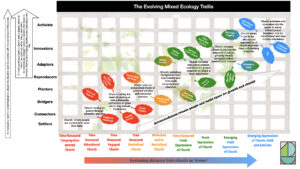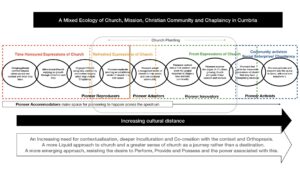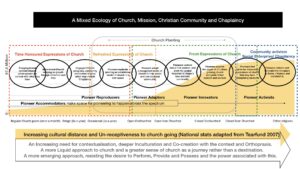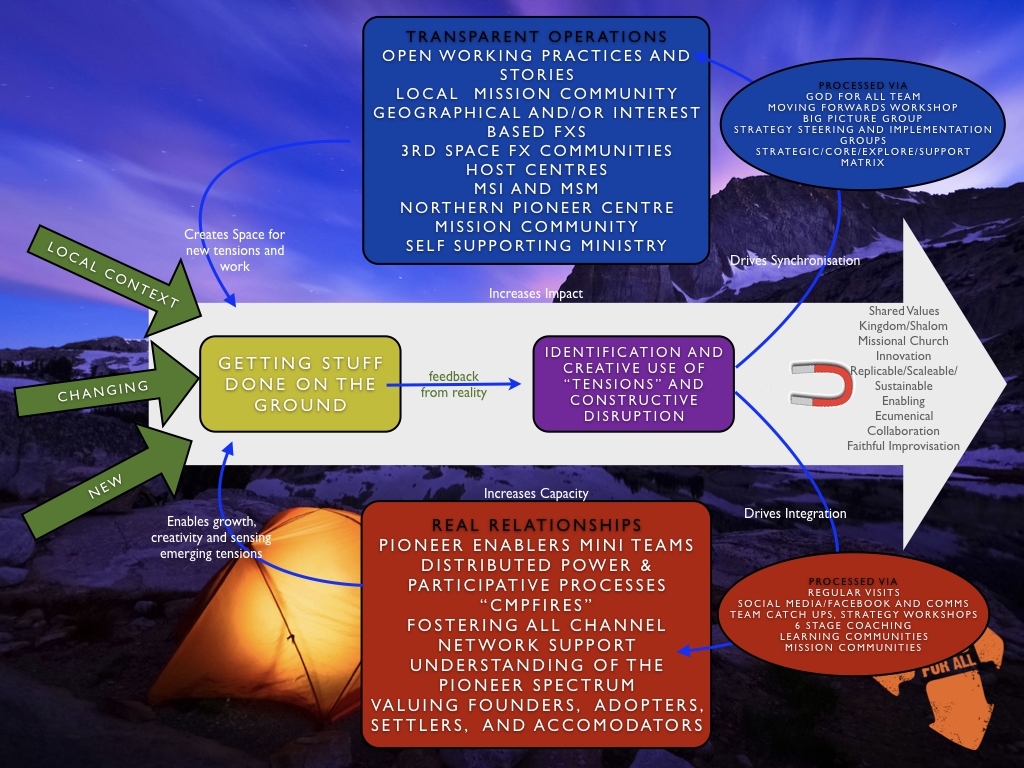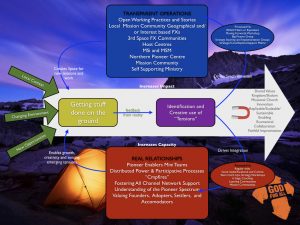Pretty much every year since moving Cumbria we have had snow in winter and noticeable season (albeit with a lot of rain), its a place where the rhythms of the land and the needs of our communities are so present. One thing that troubles me is how easily we absorb the logic of the systems of world around us, especially the relentless drive for endless growth, rather than the logic rootedness of place. In so we are complict in a kind of violence to ourselves, to others, to creation, and to the very systems we are part of.
Endless growth is not neutral, yet the capitalist system is built on the myth that endless economic growth is both necessary and beneficial. But when you look closely, this drive for perpetual expansion is about profit, not people or planet. It’s about extracting more, consuming more, and externalising the costs whether that’s pollution, exploitation, or the destruction of habitats and communities. The result is a world where the rich get richer, the poor and the planet suffers, and everyone is trapped on a treadmill, running faster but never really getting anywhere.
When we stop looking up and out, internalise the logic of growth, we start to measure our worth by productivity, by accumulation, by what we can consume or achieve. We become exhausted, anxious, and disconnected from the deeper rhythms of life. We sacrifice rest, relationships, and even our health on the altar of “more.” We do violence to ourselves, a slow erosion of joy, meaning, and peace.
Capitalism’s endless growth depends on exploitation. It treats workers, communities, and even whole nations as resources to be used up and discarded. The pursuit of profit means that people are paid less than they deserve, forced into precarious work, or displaced from their homes and land. The system is set up so that a few benefit at the expense of the many. As we buy into this we do violence to others; structural, systemic, and often invisible, but no less real.
The environmental cost of endless growth is devastating and it is plain to see in the wether patterns and ecology. Forests are cleared, rivers poisoned, species driven to extinction, and the climate disrupted. Capitalism’s need for continuous expansion leads to resource depletion and ecological collapse. We are literally killing the world that sustains us and calling it “progress.” we are complicit in violence to creation.
We are not separate from the systems we live in and these do not need to be violent. When we participate in the logic of endless growth, we perpetuate cycles and systems of harm. Our churches, our communities, and our institutions can become complicit prioritising numbers, budgets, and buildings over people, relationships, and the common good. This is violence to the systems we are part of, a corruption of what was designed and ordained good and so it distorts our values and undermines our mission.
What if, instead of chasing endless growth, we embraced a different rhythm? What if we valued sustainability, justice, and care for one another and the earth? What if our churches became places of rest, resistance, and renewal, where we learn to live differently, to share what we have, and to challenge the violence of the status quo?
At its best in Cumbria the new ways of being church, gathering around campfires, sharing meals, listening deeply, and learning to trust something beyond ourselves, offer an alternative. We’re trying to let go of the need to fix everything, to control outcomes, or to measure our worth by what we produce. Instead, they’re learning to be present, to accompany one another, and to let our gifts emerge organically.
As we gather around the table, the campfire, or the Sunday papers, let’s flex the muscle of hope dare to imagine and live into that different future.

